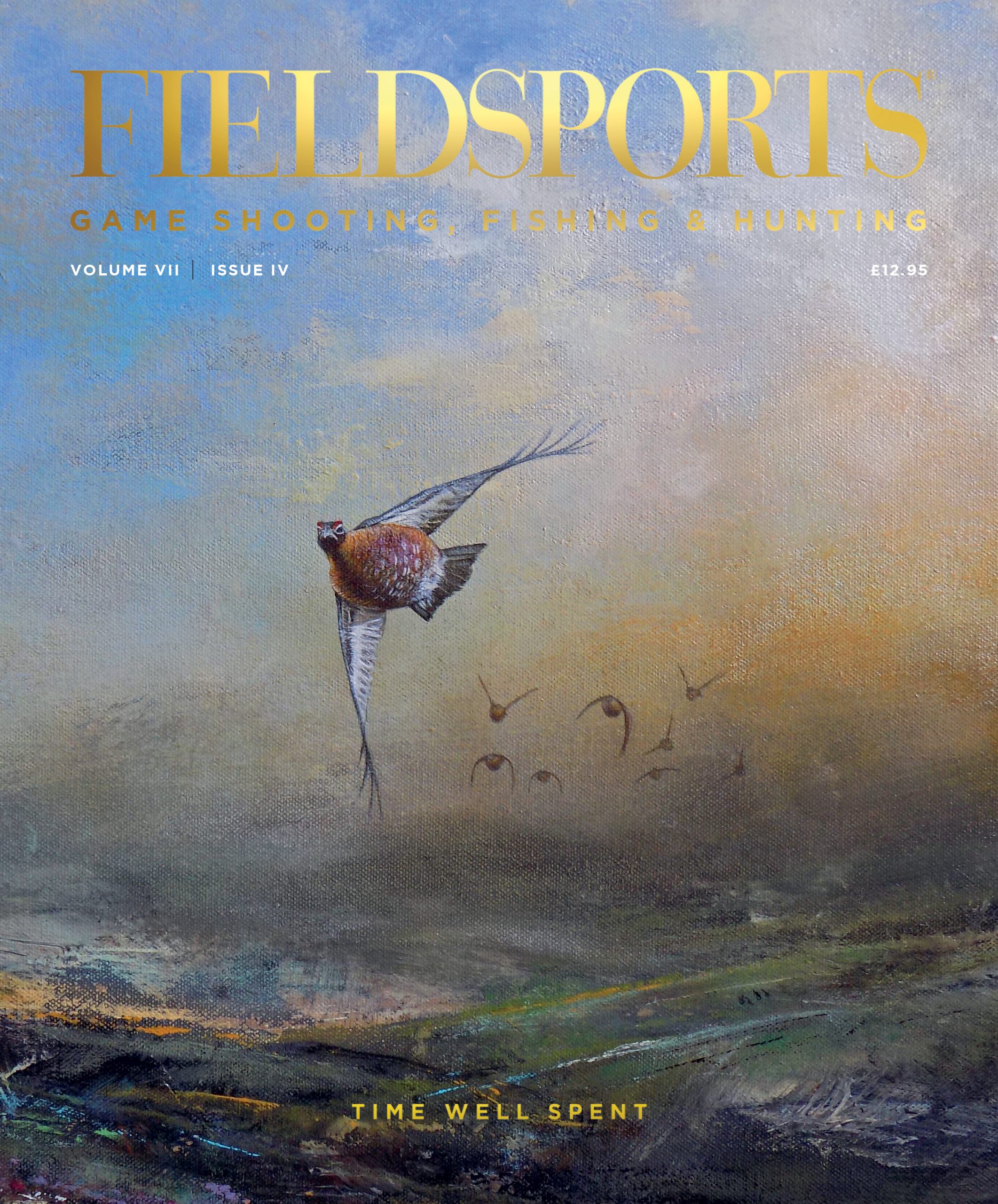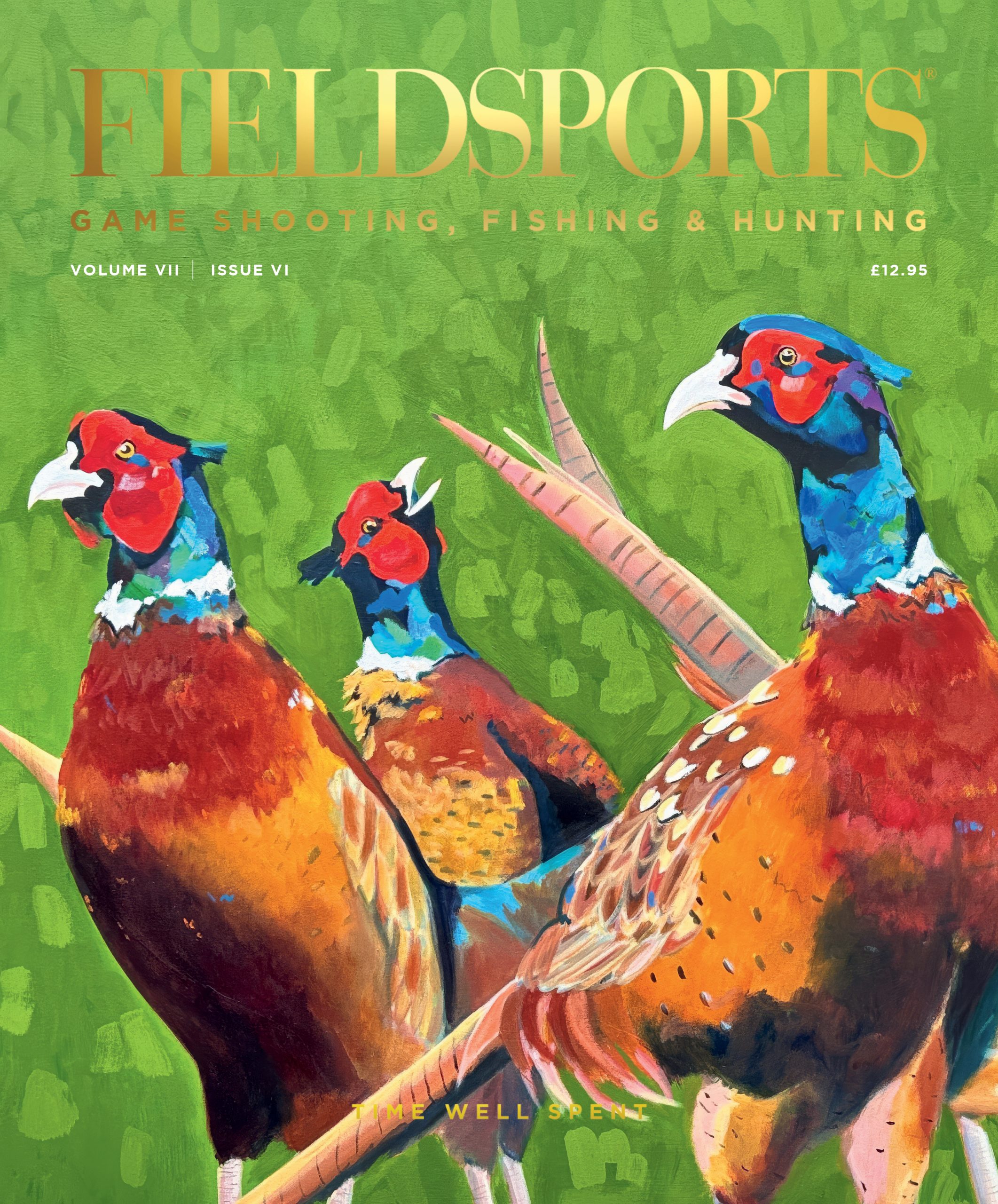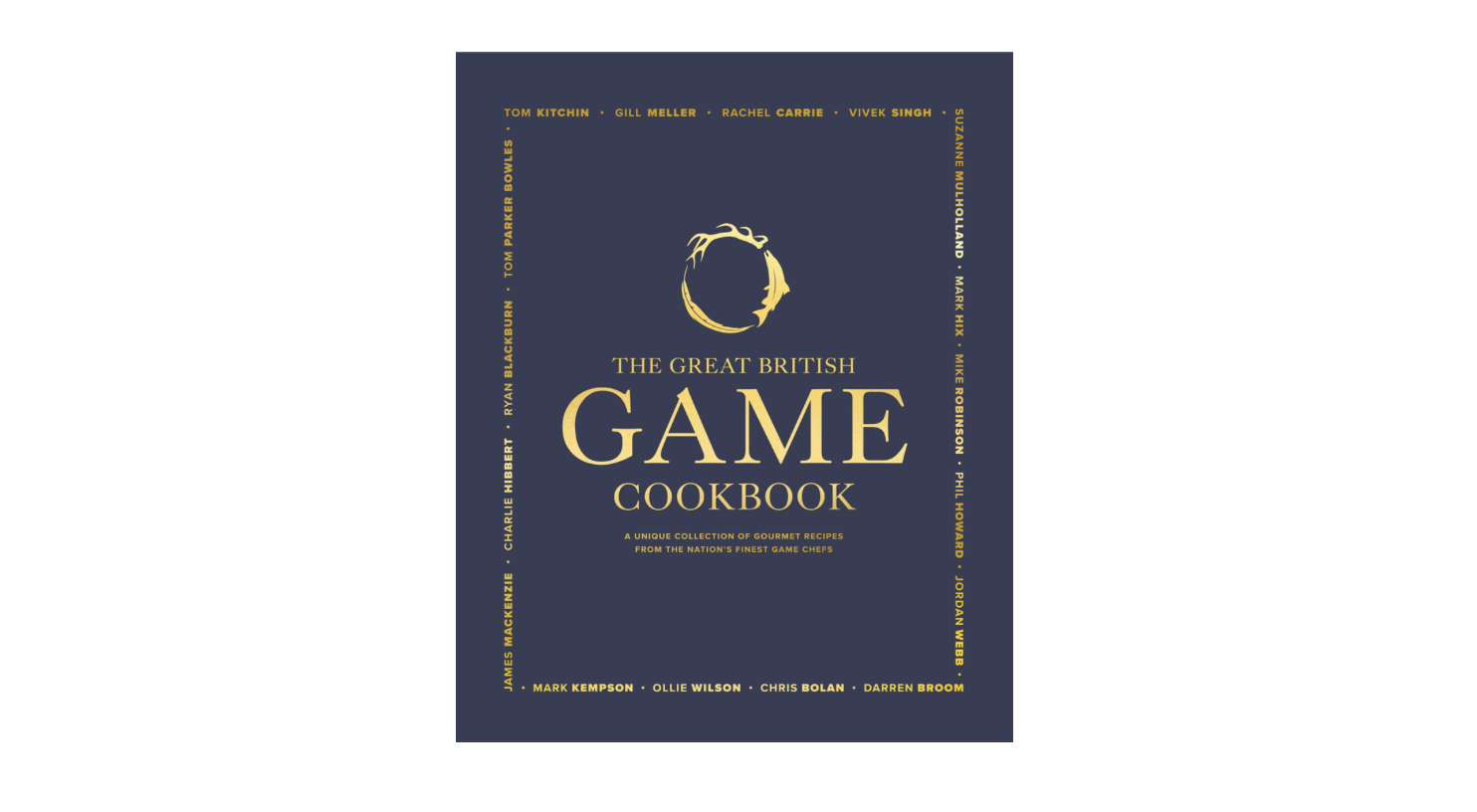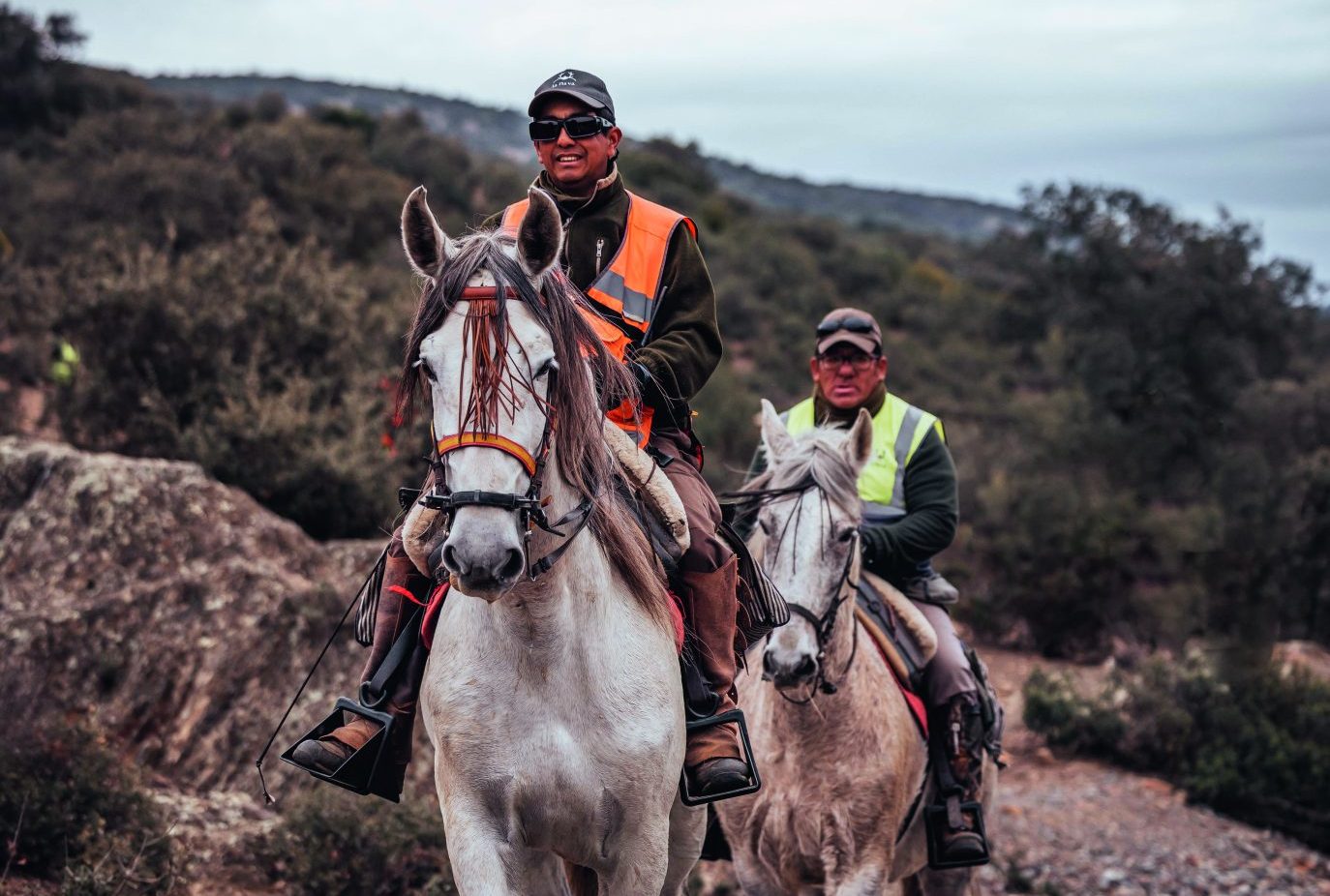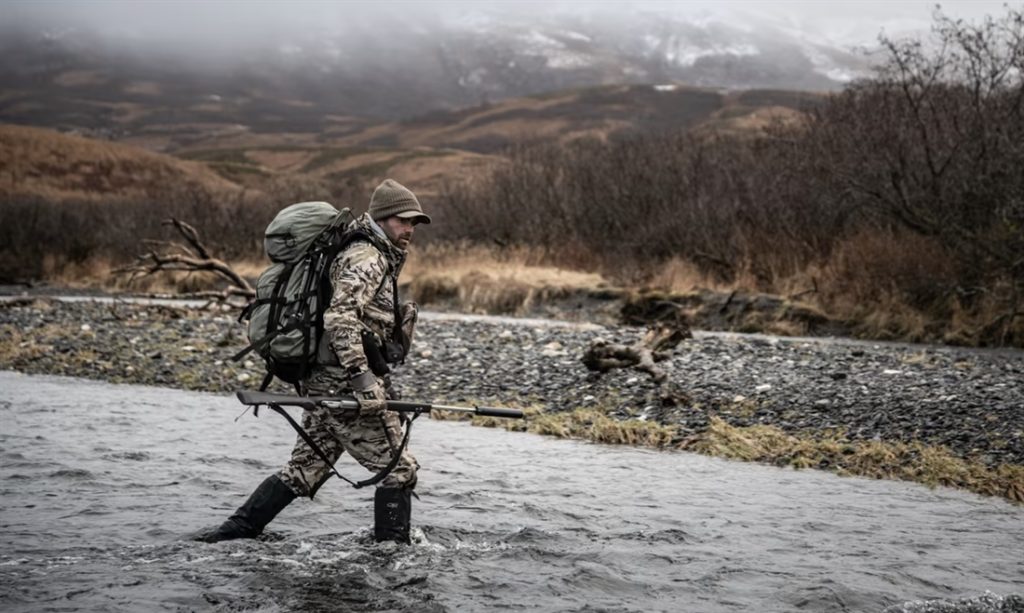From estate to plate: local venison and ethical dining
How effective deer management is being used to restore nature at the Nedging Hall estate, by Keith Edmunds

It is always a privilege to spend time in nature and members of the fieldsports community get to immerse themselves deeper than most. It is one thing to amble along footpaths, enjoying what is now commonly referred to as green space, but quite another to be an integral part of the scene. I often feel particularly fortunate in that one of the areas on which I stalk — the Nedging Hall Estate in Suffolk — is managed exceptionally well and is an absolute haven for wildlife.
Barn owls and landscape restoration
It has become a regular occurrence to watch barn owls hunting at dusk, while I am ensconced in a high seat. It is hardly surprising that these ghostly avian predators have become such a common sight because the land boasts mile upon mile of broad, 4m-wide headland, bordering almost every arable field.
In addition, there are now 40 owl and kestrel nest boxes on the estate and, since 2006, 149 chicks have been ringed. This proves beyond doubt that well-run sporting land is at the very forefront of conservation, which includes preserving birds of prey.
The Buckle family has owned the estate since 1988 and it has been a personal mission of James Buckle to restore the landscape to its former glory. Guided by historical maps of the area, he is in the process of re-establishing a slice of the Suffolk countryside into a panorama that would have been familiar to our great-grandparents. Alongside other habitat restoration projects, this involves the recreation of numerous meadows and many acres of pasture.
Recently, while stalking on foot, I reached a vantage point and while scanning the land, I realised that from that one spot I could count 17 rolling meadows, beautifully framed by hedges, many of which are laid in the time-honoured fashion.
Tree planting and deer management for biodiversity
From a deer management perspective, the main obligation is the protection of young trees. More than 50,000 saplings have been planted in the past four years alone to create a dozen new plantations. Oak, hazel, blackthorn and hawthorn make up the bulk of the planting, interspersed with small stands of larch and native pine. Judging by the success of the small woods and spinneys that were planted towards the end of the 20th century, these new plantations should thrive. Providing we do our job as deer managers, they will add greatly to the biodiversity of the local landscape. However, the protection of trees and crops isn’t the only benefit that deer management provides.
Championing estate-to-plate dining
James Buckle’s eldest son, Charlie, runs the hospitality sector of Nedging Hall Estate and is passionate about the field-to-fork philosophy. Coining the phrase “estate-to-plate”, Charlie is going to great lengths to ensure that the bulk of the ingredients that make up the dishes served in their country pubs — the Bildeston Crown and the Lindsey Rose — are sourced from here.
Charlie leads the deer stalking team and is delighted to return home with a muntjac or roe for the chiller, knowing it will soon appear on the menu. The estate also provides game birds from the Buckle family shoot and a variety of fruit, vegetables and herbs grown in the kitchen gardens at nearby Nedging Hall.
Alongside the tens of thousands of trees planted in the past four years, the estate also boasts a number of established plantations that were created 30 years ago. These are now the main holding areas for roe and muntjac. Some of the hazel has been coppiced and, standing trunk to trunk with blackthorn and hawthorn, intertwined with bramble, this understorey forms an almost impenetrable habitat that suits these small deer perfectly.
Although there are small satellite groups of fallow, the main herds tend to prefer the more mature, broadleaf woodland on neighbouring estates. Thus, it is chiefly roe and muntjac venison with which head chef Greig Young works his magic.
Greig was born and raised on the west coast of Scotland where a variety of game was simply seen as a natural part of the weekly diet and he has carried this interest in wild meat into adulthood. His career in all things culinary spans 20 years, during which he has travelled the globe to gain more knowledge and experience.
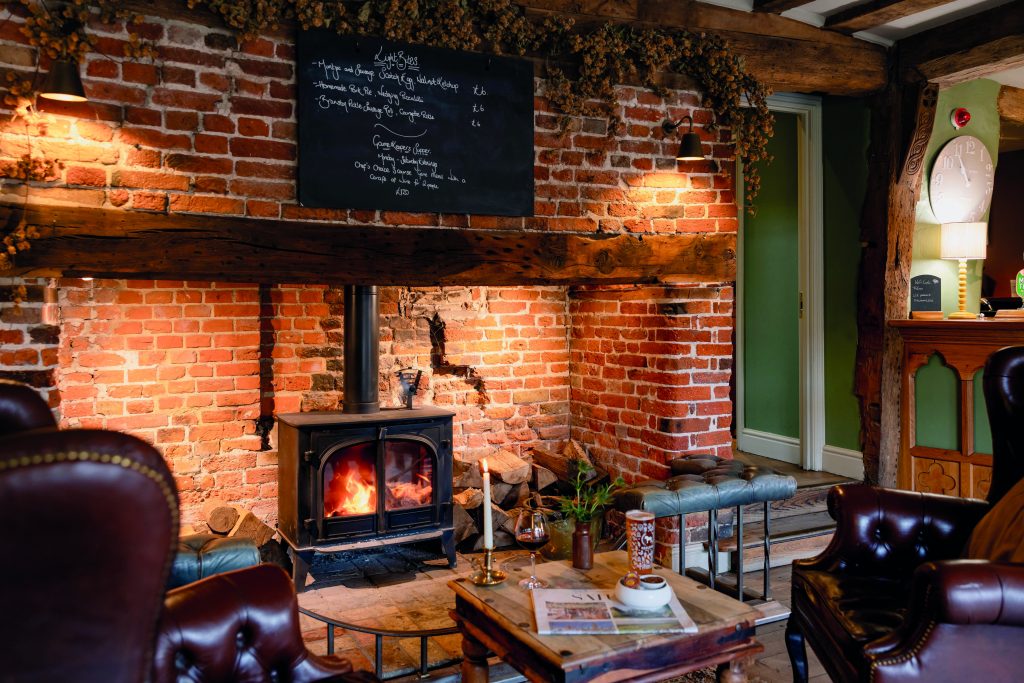
Promoting the value of British venison
Greig was delighted to take the role at the Bildeston Crown where the focus on ethical dining aligned perfectly with his own passion. Judging by the quality of the delicious braised venison shoulder and a delectable partridge skewer, there is no doubt that Greig is making a very positive impact.
From a holistic perspective, efficient deer management in the UK desperately needs a greater demand for local venison. Despite the huge efforts from various industry bodies, the meat is still shrouded in mystery. Public opinion is that it is too expensive, it is only eaten by the landed gentry and it tastes strong and gamey. It is up to each and every deer stalker to challenge and change that perception.
Fundamentally, we need to get more people trying venison, but there is also work to do in reducing the amount of venison that we import — annually around 1,000 tonnes, I believe — but that’s a topic for another day.
The 600-year-old Bildeston Crown sits prominently on the high street of our neighbouring village and I drive past on a regular basis. It is immensely satisfying to imagine that diners within, perhaps celebrating a special occasion, might be enjoying the meat that has come from a beast that I have successfully stalked and professionally readied for the food chain. It feels wonderful to be a small part of the estate-to-plate mission, which is being driven with a great deal of enthusiasm.
Charlie and the team have something to be very proud of and all this at a time when our UK hospitality sector is facing grave challenges. In 2023 more than 383 British pubs closed their doors for the last time, many of which had huge historic significance and had been ale houses for centuries.
Against such a backdrop it is warming to know that these two local country inns are being guided by the commitment to ensure that glowing, inglenook fires, fine food and good ale will beckon us in for many years to come.
Related Articles
Get the latest news delivered direct to your door
Subscribe to Fieldsports Journal
Elevate your experience in the field with a subscription to Fieldsports Journal, the premium publication for passionate country sports enthusiasts. This bi-monthly journal delivers unparalleled coverage of game shooting, fishing and big game across the UK and beyond.
Each issue offers a stunning collection of in-depth features, expert opinions and world-class photography, all presented in a timeless yet contemporary design.
Save 10% on shop price when you subscribe, with a choice of packages that work for you. Choose from Print & Digital or Digital only with each journal delivered directly to your door or via the app every other month, plus access to past issues with the digital back issue library.
